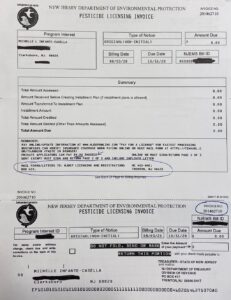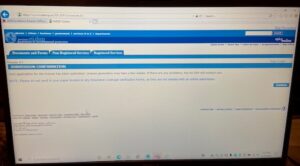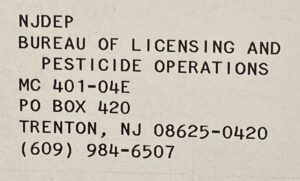Maryland Farm Bureau will be hosting a webinar on how to prepare for an H-2A employer audit. Experts from the U.S. Department of Labor, Wage and Hour Division, Maryland Department of Labor, and the private sector will be discussing what records need to be kept and produced in response to a labor investigation. Although geared towards Maryland employers, this webinar will certainly provide broadly applicable resources for those utilizing H-2A labor in New Jersey.
When: October 14, 2020, 8:00 a.m.-10:15 a.m.
Agenda
8:00- 8:05 Welcome and Introductions
8:05-8:45 Nicholas Fiorello & Kim Ga, United States Department of Labor, Wage and Hour Division
8:45-9:25 Jesús Díaz, Maryland Department of Labor
9:25-9:35 Break
9:35-10:05 Jesse Hammock, Esq., Partner, Parker Goodman Gordon & Hammock, LLC
10:05-10:15 Questions & Wrap-up
Moderated by Sarah Everhart, Agriculture Law Education Initiative

 Rutgers Cooperative Extension Agricultural Agents have been receiving questions from farmers on what to do with the renewal applications they recently received from
Rutgers Cooperative Extension Agricultural Agents have been receiving questions from farmers on what to do with the renewal applications they recently received from 


